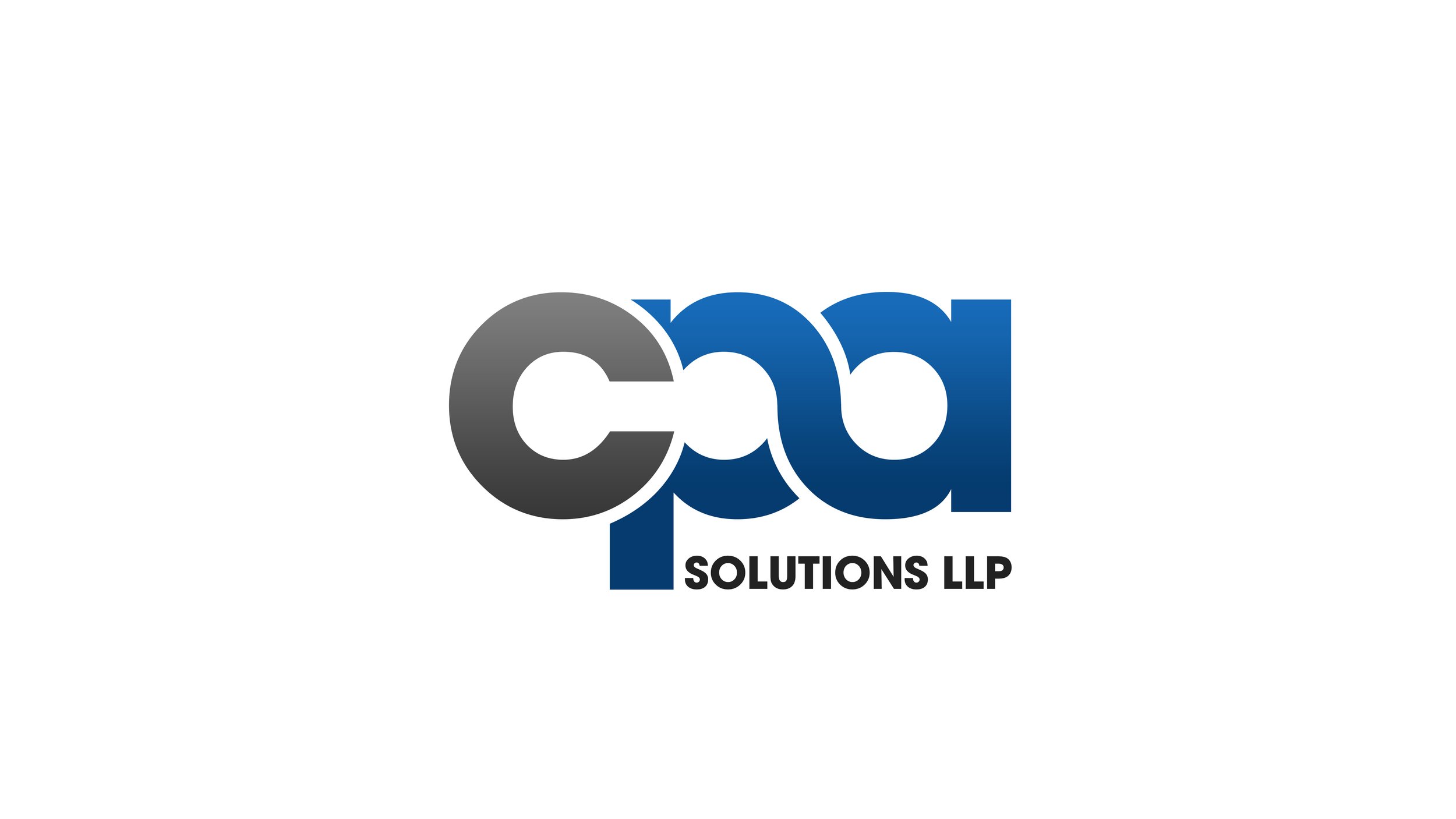Inter-generational Transfers: a summary of the new rules
These are a summary of the requirements to have paragraph 84.1(2)(e) apply to a sale, which is the provision that allows these transactions to occur and not otherwise offend the anti-avoidance provisions of section 84.1.
The majority of the requirements are the same in both sets of rules. I will point out differences, etc. in the commentary below.
First Requirement – (2.31)(a) and (2.32)(a): Immediately before the disposition of the “subject shares” (i.e., the shares of the target company), the “taxpayer” (i.e., the person selling the shares) must have de jure control of the “subject corporation” (i.e., the target company), and no other person or group of persons can control the subject corporation.
Second Requirement – (2.31)(b) and (2.32)(b): The second requirement has three requirements within it. First, the taxpayer must be an individual (other than a trust). Second, the purchaser corporation must be controlled by one or more “children” of the taxpayer, each of whom is 18 years of age or older. Third, the subject shares must meet the definition of a “qualified small business corporation share” (“QSBCS”) in subsection 110.6(1). The first and third requirements speak for themselves. Concerning the second requirement, the definition of “child” is expanded to include a niece or nephew of the taxpayer.
Third Requirement – (2.31)(c) and (2.32)(c): The third requirement is an ongoing requirement that must be met forever. The requirement is that, after the sale of the subject shares, neither the taxpayer nor their spouse (alone or together), has de facto control over any of: (i) the subject corporation; (ii) the purchaser corporation; or (iii) any other person or partnership carrying on a business that is relevant to the determination of whether the subject shares meet the definition of a QSBCS (I will refer to each such other person or partnership as an “other relevant entity”). This prohibition on de facto control of any of these entities seems to last forever, and if the requirement were not met at some time in the future, it would seem that could lead to a reassessment of the sale transaction.
Fourth Requirement – (2.31)(d) and (2.32)(d): Like the third requirement, the fourth requirement is an ongoing requirement that must be met forever. The requirement is that, after the sale of the subject shares, neither the taxpayer nor their spouse (alone or together), own 50% or more of any class of shares (other than a “specified class” under subsection 256(1.1)) of the subject corporation or the purchaser corporation, or 50% or more of any class of interests in any other relevant entity.
Fifth Requirement – (2.31)(e) and (2.32)(d): The fifth requirement provides that, within 36 months of the disposition time and at all times thereafter (another “forever” requirement), the taxpayer and their spouse must be completely divested from the purchaser corporation, the subject corporation or any other relevant entity, aside from ownership of non-voting preferred shares.
Sixth Requirement – (2.31)(f) and (2.32)(g): You will notice I have skipped (2.32)(f). This is because (2.32)(f) contains a requirement that is unique to the 10-year rules and is addressed further below. However, the requirements of (2.31)(f) and (2.32)(g) are effectively identical. The requirement is that from the disposition time until a certain date after that time:
The child or children must control both the subject corporation and the purchaser corporation;
The child, or at least one member of the group of children, must be actively engaged in the business of the subject corporation or other relevant entity; and
Each business of the subject corporation and any other relevant entity is carried on as an active business.
While the technical requirements under both sets of rules are the same, there is a difference with the timing. Under the three-year rules, these requirements must be met for the first 36 months after the disposition of the subject shares. The implication under the three-year rules is that the shares of the purchaser corporation and the subject corporation cannot be disposed of by the children for 36 months after the transaction date. Under the 10-year rules, the requirements must be met until the later of (i) 60 months after the initial disposition of the subject shares, and (ii) the so-called “final sale time”, which seems to be 10 years after the initial disposition. The requirements under the 10-year rules are also subject to subsection 84.1(2.3), which contains some rules that apply if one of the children has passed away or become incapable of working due to prolonged mental or physical impairments.
Seventh Requirement – (2.31)(g) and (2.32)(h): This requirement deals with the management of the businesses carried on by the subject entity and any other relevant entity. The requirement is that management of the business(es) must be transferred to the children, and the taxpayer (and spouse) must permanently cease to manage any of these businesses. For the 10-year rules only, this requirement is again subject to the provisions of subsection 84.1(2.3).
Eighth Requirement – (2.31)(h) and (2.32)(i): This requirement is that an election must be filed by the taxpayer and each member of the group of children to have paragraph 84.1(2)(e) apply to the transaction. The election is due on or before the filing-due date for the taxpayer (i.e., the vendor) for the year in which the disposition occurred.
Ninth Requirement – 10-year rules only – (2.32)(f): This requirement is unique to the 10-year rules. The requirement has two components: one that applies to shares of farming/fishing corporations, and one that applies to QSBCS. I will only address the latter. The requirement is that, within 10 years from the initial disposition, the taxpayer and spouse can only hold interests in the subject corporation, the purchaser corporation, or any other relevant entity that does not exceed 30% of the FMV of any interests held immediately before the initial disposition. Like a couple of the other requirements, this requirement is only relevant if the taxpayer and/or spouse retains an interest in any of these entities.

